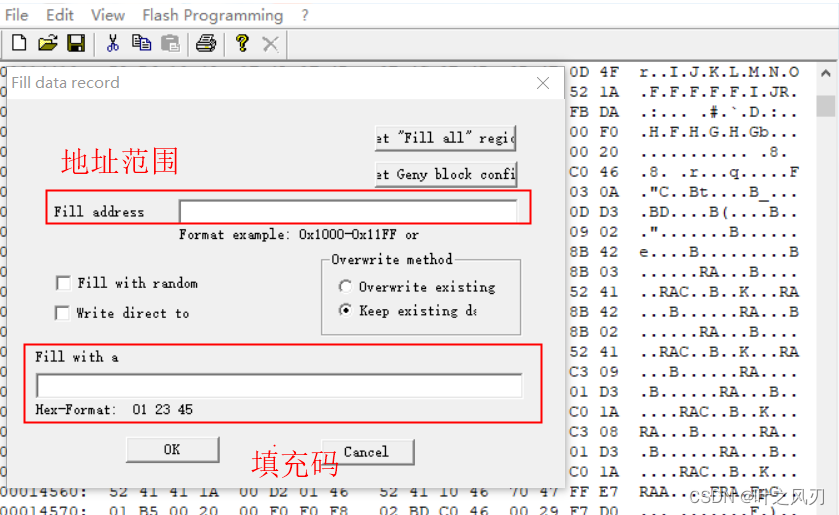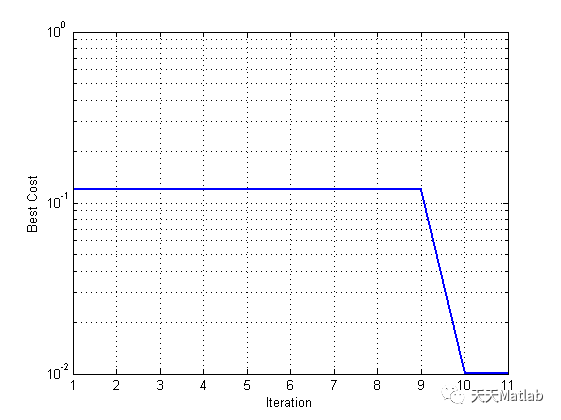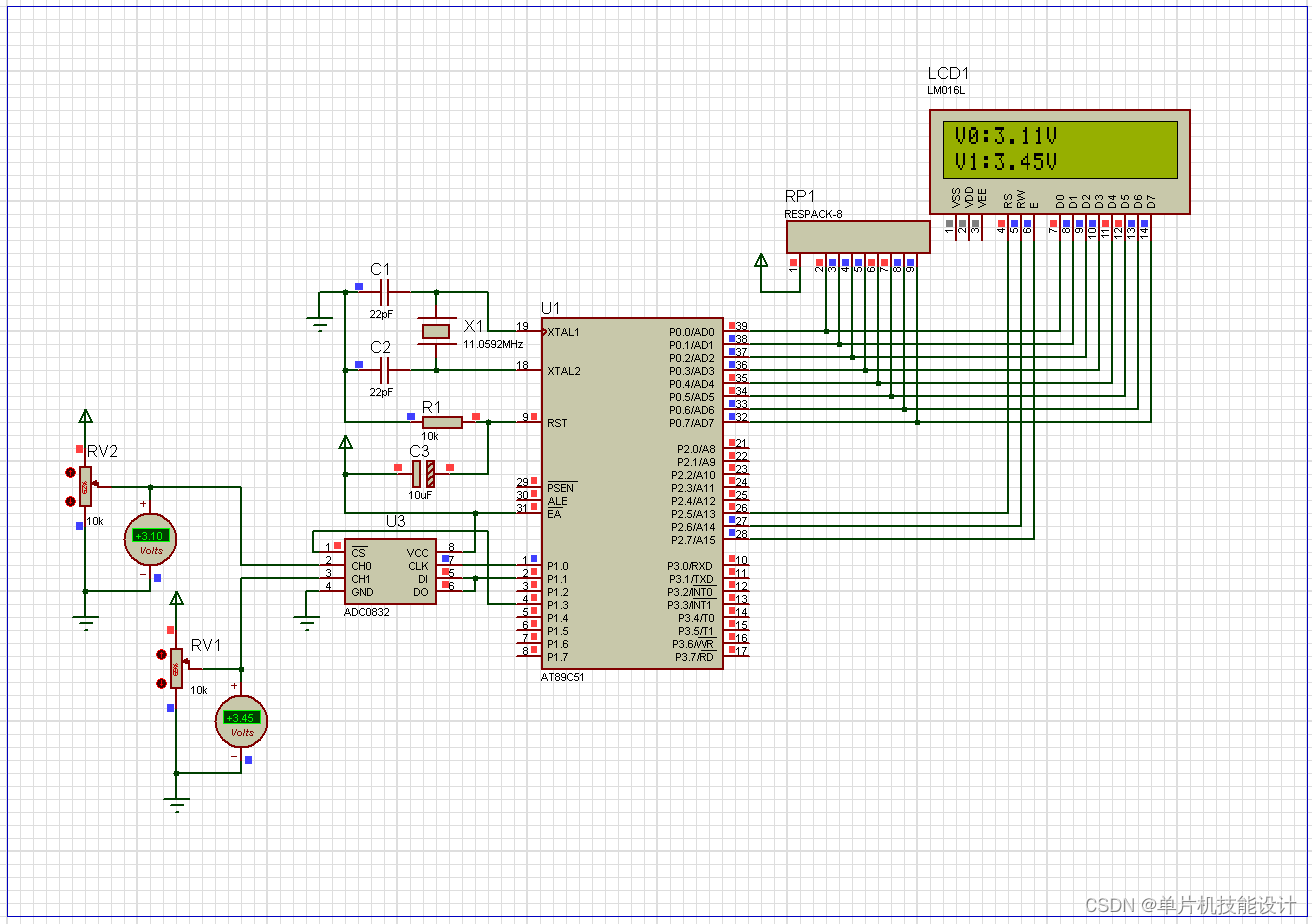
What is characterisation?
什么是角色定位?
Characterisation is the way writers create characters and make them believable. When writing about texts, it is easy to treat characters as real people. Try to remember that the author is creating characters using language.
角色定位是作家创造角色并使其可信的方式。在写文本时,很容易把人物当作真实的人。请记住,作者是在用语言创造人物。
Think about the set of characters in a text:
What are the characters like? How do you know this?
What do the characters say (dialogue)?
What do the characters do?
How are they described?
How are they seen by other characters?
想一想文本中的一组人物。
这些人物是什么样的?你是怎么知道的?
人物都说些什么(对话)?
这些人物做了什么?
他们是如何被描述的?
其他人物是如何看待他们的?
Mr Darcy and Elizabeth Bennet from Jane Austen's novel Pride and Prejudice are widely recognised fictional characters
简-奥斯汀的小说《傲慢与偏见》中的达西先生和伊丽莎白-贝内特是被广泛认可的虚构人物。
Characterisation example
Character can be shown through the things characters do, what they say, what they look like, and what they own.
This extract from Charles Dickens’s Hard Times introduces Mr Gradgrind, the headmaster of a school.
What do we learn about this character from the writer’s choice of language?
角色定位实例
性格可以通过人物的行为、言语、长相和拥有的东西来表现。
查尔斯-狄更斯的《艰难岁月》中的这一节选介绍了学校的校长格拉德林德先生。
从作家的语言选择中,我们对这个人物有什么了解?
“Now, what I want is, Facts. Teach these boys and girls nothing but Facts. Facts alone are wanted in life. Plant nothing else, and root out everything else. You can only form the minds of reasoning animals upon Facts: nothing else will ever be of any service to them. This is the principle on which I bring up my own children, and this is the principle on which I bring up these children. Stick to Facts, sir!”
The scene was a plain, bare, monotonous vault of a school-room, and the speaker's square forefinger emphasised his observations by underscoring every sentence with a line on the schoolmaster's sleeve. The emphasis was helped by the speaker's square wall of a forehead, which had his eyebrows for its base, while his eyes found commodious cellarage in two dark caves, overshadowed by the wall. The emphasis was helped by the speaker's mouth, which was wide, thin, and hard set. The emphasis was helped by the speaker's voice, which was inflexible, dry, and dictatorial. The emphasis was helped by the speaker's hair, which bristled on the skirts of his bald head, a plantation of firs to keep the wind from its shining surface, all covered with knobs, like the crust of a plum pie, as if the head had scarcely warehouse-room for the hard facts stored inside.
Hard Times, Charles Dickens
Analysis
分析
The writer chooses to use dialogue to give an immediate impression of Gradgrind’s character.
作者选择用对话来给格拉德林德的性格留下直接印象。
He uses a lot of commands in his speech, “Stick to Facts, sir!” This suggests that he’s used to being in charge. He emphasises ‘Facts’ by using the capital letter ‘F’. This suggests he has a narrow view of education.
他在讲话中使用了大量的命令,"坚持用事实说话,先生!" 这表明他已经习惯于负责任。他用大写的字母 "F "来强调 "事实"。这表明他对教育有一种狭隘的看法。
Although the narrator seems to be describing the character in quite a factual way – suggesting he’s neutral, the reader can see that the narrator does not approve of Gradgrind.
虽然叙述者似乎是以相当事实的方式来描述这个人物--暗示他是中立的,但读者可以看出叙述者并不赞成格拉德林德。
The negative impression of the Mr.Gradgrind is also strengthened by the description of the surroundings, the school-room is “…plain, bare, monotonous…”
对周围环境的描述也加强了对格拉德林德先生的负面印象,教室是"......朴素、光秃、单调......"
This triplet of negative words established a pattern in the extract. For example, later the writer includes the triplet “…wide, thin, and hard…” and then “…inflexible, dry, and dictatorial…”
这一连串的负面词汇在摘录中建立了一个模式。例如,后来作者又加入了"......宽、薄、硬...... "和"......不灵活、干巴巴、独断专行...... "的三联句。
These groups of adjectives emphasise an undesirable view of the character for the reader.
这些形容词组强调了读者对这个人物的不赞同看法。
The writer uses the extended metaphor of a building to describe Gradgrind’s appearance. For example, his “square wall of a forehead” and his eyes are “…commodious cellarage in two dark caves…” This metaphor is also picked up in the final line in the reference to the “…warehouse room…” of his head. The effect of these images is quite comical and perhaps also hints at his severe and hard character.
作者用建筑物的延伸比喻来描述格拉德林德的外表。例如,他的 "额头的方墙 "和他的眼睛是"......两个黑暗洞穴中的商品房......" 这种隐喻在最后一句提到他头部的"......仓库房间...... "时也得到了体现。这些形象的效果是相当滑稽的,也许也暗示了他严厉和坚韧的性格。
Characters and contrasts
人物与对比
It’s important to think about how characters change and interact with each other, as this could suggest some important themes or ideas in the text. The writer may use language to encourage the reader to respond to a character in a certain way.
思考人物的变化和相互之间的互动是很重要的,因为这可能暗示了文本中的一些重要主题或思想。作者可能会用语言鼓励读者以某种方式回应某个角色。
Look for contrasts or contradictions - not just between characters, but within each character. In real life no one is simply good or bad. All effective characters have more than one side.
寻找对比或矛盾--不仅是人物之间,而且是每个人物内心的对比或矛盾。在现实生活中,没有人是简单的好或坏。所有人物都有不止一面。
Typical contrasts between characters
Characters who think versus characters who feel.
Characters who talk versus characters who act.
Sociable characters versus solitary characters.
Predators who take advantage of people versus characters who are victims.
Characters who want one thing versus those who want another.
人物之间的典型对比
思考的人物与感觉的人物。
说话的人物与行动的人物。
善于交际的人物与孤独的人物。
利用他人的掠夺者与作为受害者的人物。
想要一种东西的人物与想要另一种东西的人物。
Typical contrasts within a character
A person who says one thing, and does another.
A character who sacrifices something important to pursue a goal of their own.
A character who wants two opposing things.
一个人物内心的典型反差
一个说一套做一套的人。
一个为追求自己的目标而牺牲重要东西的人物。
一个想要两个相反的东西的人物。
Example
This extract is a description of a character from Jane Austen’s 19th century novel Pride and Prejudice. Mr Darcy is one of the main characters in the story. What do we learn about him from this extract?
例子
本节选是对简-奥斯汀19世纪小说《傲慢与偏见》中一个人物的描述。达西先生是故事中的主要人物之一。从这段摘录中,我们对他有什么了解?
Mr. Bingley was good-looking and gentlemanlike; he had a pleasant countenance, and easy, unaffected manners. His sisters were fine women, with an air of decided fashion. His brother-in-law, Mr Hurst, merely looked the gentleman; but his friend Mr Darcy soon drew the attention of the room by his fine, tall person, handsome features, noble mien; and the report which was in general circulation within five minutes after his entrance, of his having ten thousand a year. The gentlemen pronounced him to be a fine figure of a man, the ladies declared he was much handsomer than Mr Bingley, and he was looked at with great admiration for about half the evening, till his manners gave a disgust which turned the tide of his popularity; for he was discovered to be proud, to be above his company, and above being pleased.
Pride and Prejudice, Jane Austen
Analysis
分析
There’s a contrast between Mr.Bingley’s “…unaffected manners…” and Darcy’s manners which “…gave a disgust…”
宾利先生的"......不受影响的举止...... "和达西的举止"......让人厌恶...... "之间形成了对比。
The choice of the emotive word ‘disgust’ suggests their feelings are strong, as the word has connotations of disapproval and loathing.
选择 "厌恶 "这个情绪化的词表明他们的感情很强烈,因为这个词有不赞成和厌恶的含义。
This is in marked contrast to the feelings of “…great admiration…” that people felt towards Darcy at first.
这与人们起初对达西的"......非常钦佩...... "的感觉形成了明显的对比。
The use of the metaphor “…turned the tide of his popularity…” also gives emphasis to the strength of this change of feeling.
使用隐喻"......扭转了他的受欢迎程度...... "也强调了这种感情变化的力度。
All of the men in the extract are judged against the standard of being a ‘gentleman’. Mr Bingley is “gentlemanlike...” in contrast to Mr Hurst who “…merely looked the gentleman…”
摘录中的所有男人都是以 "绅士 "的标准来评判的。宾利先生是 "有绅士风度的......",而赫斯特先生则"......只是看起来像个绅士......"
It is implied, at first, that Darcy appears to be the superior Gentleman. There is a contrast between the mild adjective ‘pleasant’ used to describe Mr. Bingley and the words chosen to describe Darcy - “fine, tall…handsome…noble…fine figure…”
一开始就暗示了达西似乎是高级的绅士。用来描述宾利先生的温和的形容词 "愉快 "和用来描述达西的词形成了对比--"好,高大......英俊......高贵......身材好......"
The repetition of the word ‘fine’ is significant and it has suggestions of quality and superiority. His wealth and status, it is implied, has contributed to his ‘proud’ manner.
重复使用 "好 "这个词是很重要的,它有质量和优越性的暗示。他的财富和地位,暗示了他的 "骄傲 "态度。
Darcy and Bingley are also directly compared - “…he was much handsomer than Mr. Bingley.”
达西和宾利也被直接比较--"......他比宾利先生英俊得多"。
The writer uses contrasts between characters and also contrasts between the positive first impression of Darcy and then the negative final judgement of his behaviour - “…he was discovered to be proud…”
作者利用人物之间的对比,以及对达西的正面第一印象和对他的行为的负面最终判断之间的对比--"......他被发现很骄傲......"
When you are writing about characterisation, don't just describe what characters are like. Examine the language techniques used by the writer to create the character.
当你在写人物描写时,不要只描述人物是什么样的。审视作家为塑造人物所使用的语言技巧。













![[附源码]Python计算机毕业设计二手图书回收销售网站Django(程序+LW)](https://img-blog.csdnimg.cn/1d6a772a1f63413faf4809633c39385d.png)





